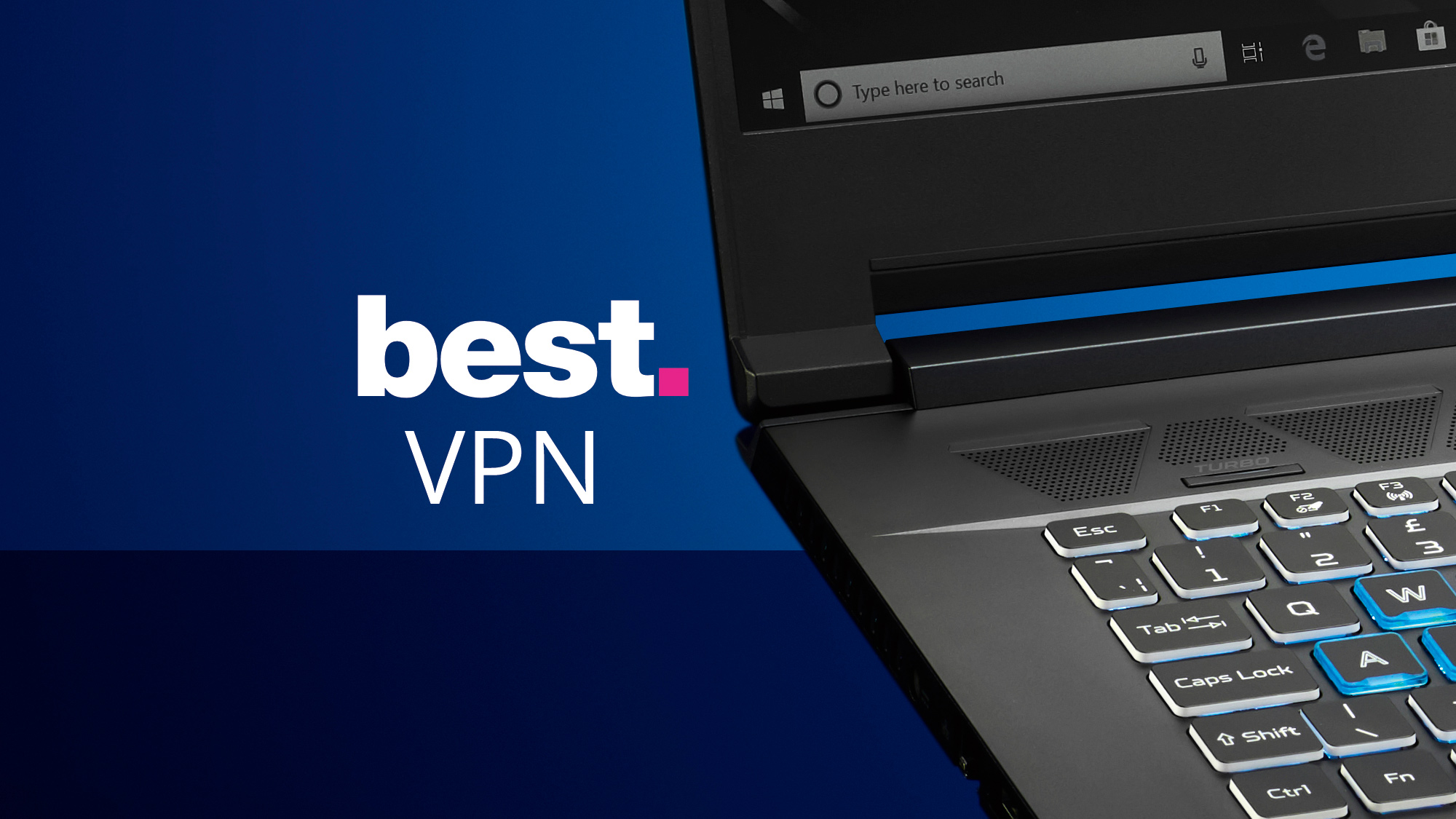In order to provide quicker innovation, adaptable resources, and scale economies, cloud computing is the transmission of computer services over the Internet, including servers, storage, databases, networking, software, analytics, and intelligence.
Anything that includes hosting services online is referred to as “cloud computing” in particular. The three primary types of cloud computing are infrastructure as a service, platform as a service , and software as a service which we will discuss later in this blog.
Moreover, you can have a public or private cloud. However, a public cloud offers services for purchase by any internet user. On the other hand, a private cloud is a gated network or data center that offers hosted services to a small group of users with predetermined access and permissions.
Basically, cloud computing’s objective, whether it’s private or public, is to offer simple, scalable access to computer resources and IT operations.
What is the process of cloud computing?
When using cloud computing, client’s devices can connect to faraway physical servers, databases, and computers to access data and cloud applications over the internet.
The front end; which consists of the accessing client device, browser, network, and cloud software applications, and the back-end; which is made up of databases, servers, and computers, are connected by an internet network connection. The back-end functions as a library, storing information that the front-end can access easily.
The frontend and backend has a centralized server to manage communication. . The central server makes use of protocols to expedite data transport.
The central server uses both software and middleware to regulate connectivity between multiple client devices and cloud servers. Most often, each unique workload or application has its own dedicated server.
In addition to that, virtualization and automated technology are frequently used in cloud computing. Virtualization makes it simple to abstract and delivers cloud services and their underlying technologies into logical entities that customers may use.
While if we talk about automation, users have a high degree of self-service to provision resources, connect services, and deploy workloads without direct involvement from the cloud provider’s IT team due to automation and supporting administration capabilities.
Types of Cloud Computing
There are three types of cloud computing. Let’s discuss all three of them briefly:
1) Infrastructure as a Service (IaaS)
IaaS companies like Amazon Web Services (AWS) offer Application Programming Interfaces (APIs) to let consumers migrate workloads to Virtual Machines (VM).
Here, users are given a certain amount of storage space and are free to start, stop, access, and modify the virtual machine and storage as needed.
For different workload requirements, IaaS providers provide small, medium, big, and memory- or compute-optimized servers in addition to permitting the personalization of services.
Eventually, for commercial users, the IaaS cloud model is most comparable to a distant data center.
2) Platform as a Service (PaaS)
Development tools are hosted on cloud service providers’ infrastructures in the PaaS model. Using gateway software, web portals, or APIs, users can access these tools online. PaaS is used to develop software generally, and many PaaS service providers host the program once it has been created.If we discuss some practical examples, Google App Engine, AWS Elastic Beanstalk, and Salesforce’s Lightning Platform are examples of popular PaaS products.
3) Software as a Service (SaaS)
Software as a service (SaaS) is a distribution mechanism that offers software products online. These applications are frequently referred to as web services. Any computer or mobile device with internet connectivity can be used by individuals to access SaaS apps and services.People get access to application software and databases through the SaaS model. Now if we get into a practical way, Microsoft 365 for productivity and email services is a typical representation of a SaaS program.
Models of Cloud Computing
Following are some models of cloud computing:
1) Private Cloud Model
Internal users receive private cloud services from the data center of a company. In simple words, a private cloud is one where an enterprise constructs and manages its own cloud infrastructure.
This approach keeps the administration, regulatory, and security features common to local data centers while delivering the flexibility and convenience of the cloud. Internal users may or may not be billed for services using IT chargeback.
Now if we talk about their popular private cloud vendors and technologies, VMware and OpenStack are among them.
2) Public Cloud Model
A third-party cloud service provider (CSP) provides the cloud service via the internet in the public cloud model. Although long-term contracts are available for many services, public cloud services are often made available on demand, usually by the minute or hour.
Furthermore, users simply pay for the storage, bandwidth, and central processing unit cycles that they actually use. AWS, Microsoft Azure, IBM, Google Cloud Platform (GCP), as well as IBM, Oracle, and Tencent are some of the top public CSPs.
3) Hybrid Cloud Model
A hybrid cloud combines on-premises private cloud infrastructure with public cloud services, coordinating and automating operations across the two.
Businesses can utilize the public cloud to accommodate workload surges while running mission-critical workloads or sensitive applications on the private cloud.
Additionally, implementing a hybrid cloud is intended to achieve control over mission-critical data while yet utilizing an integrated, automated, and scalable environment that benefits from all that a public cloud platform has to offer.
Cloud Computing Examples
Cloud computing has developed and expanded into a broad range of services and tools intended to meet virtually any imaginable corporate need. Here are a few examples of the flexibility and efficiency of cloud computing:
-
Whatsapp & Skype
WhatsApp and Skype both make use of the cloud’s capacity to give users remote access to data so they may connect their private information on any device, whenever they want, from any location.
-
Google Docs & Microsoft 365
Online access is available for both Microsoft 365 and Google Docs. Since they can access work spreadsheets and presentations that are stored in the cloud at any time, from any location, on any device, users can be more productive and efficient.
-
AWS Lambda
With Lambda, programmers may execute code for applications or back-end services without having to set up or maintain servers.
-
Zoom
Zoom is a software platform for video and audio conferencing that is hosted in the cloud. It captures sessions and saves them there so users may access them from any geographic location at any time they want.
Eventually, you would be glad to know that Catalyst Computers offers cloud computing services for all your business needs and they are among one of the best cloud computing services providers in the market.
Conclusion
Cloud computing is revolutionizing the way businesses operate. By allowing businesses to store data and run applications remotely, cloud computing enables organizations to be more agile, efficient, and cost-effective.
While there are many different cloud computing providers to choose from, each offering a unique set of features and pricing options, all businesses can benefit from moving to the cloud.
If you’re considering making the switch to cloud computing, be sure to do your research so that you can find the best provider for your needs.






